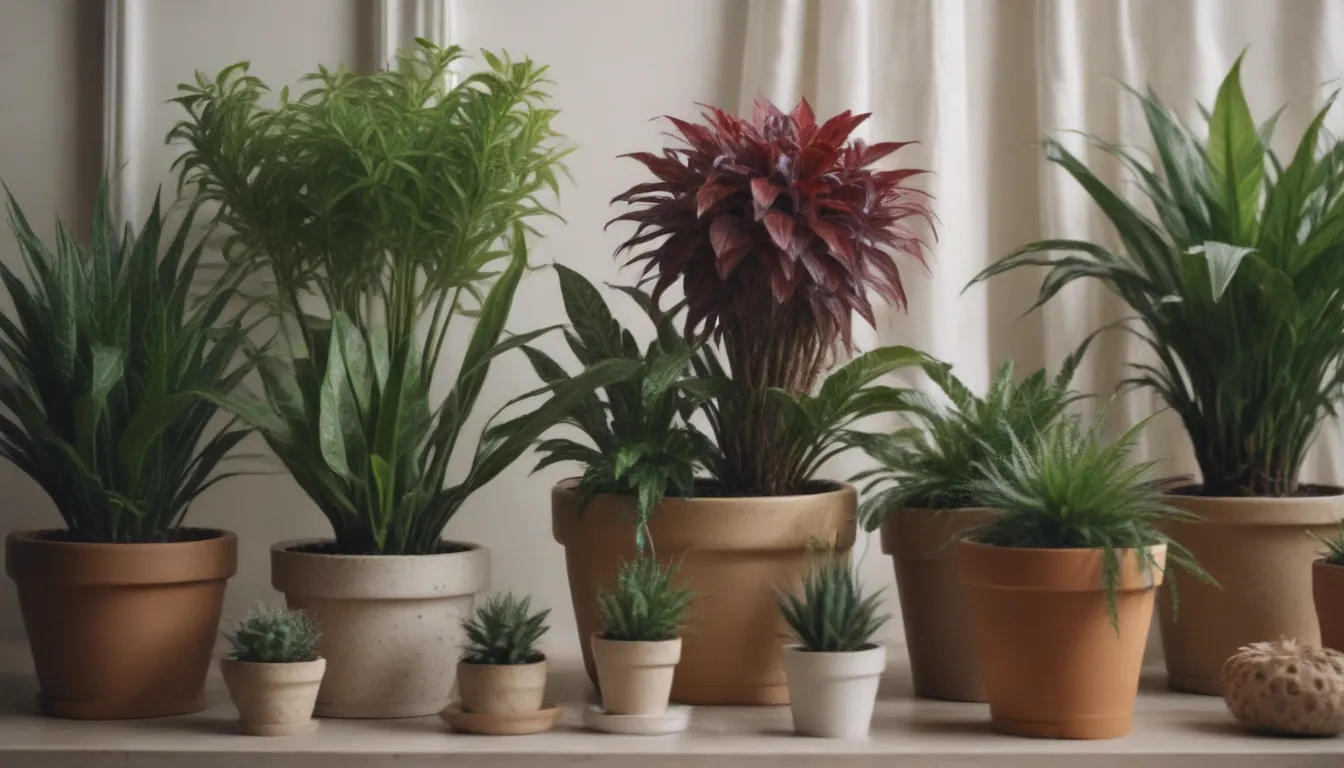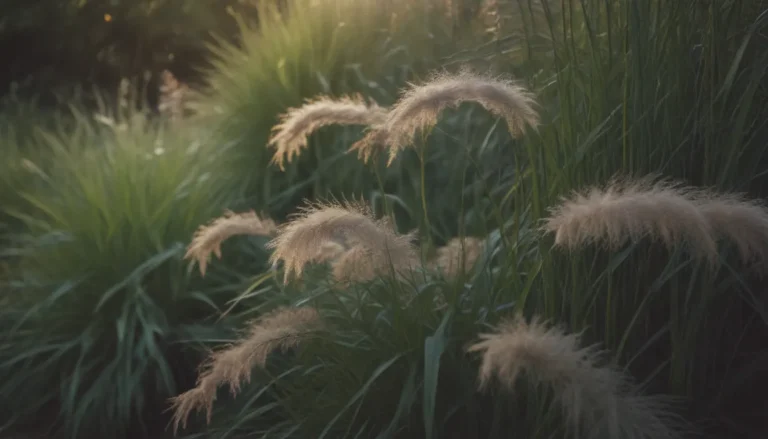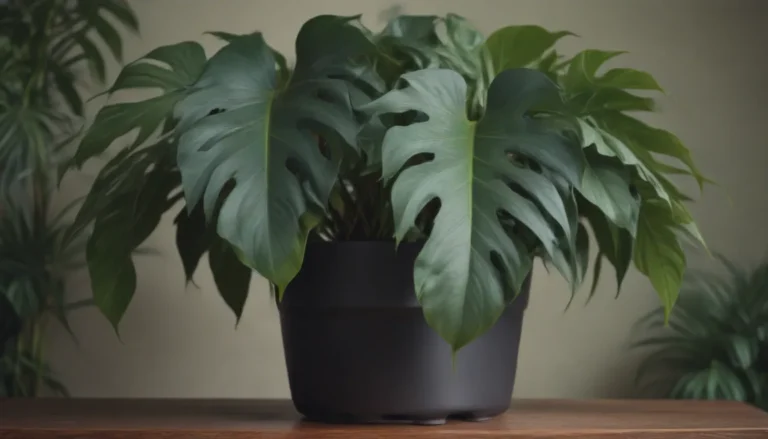Top Easy Houseplants for Any Home: A Comprehensive Guide for Beginners

Are you looking to add some greenery to your home but worried about your green thumb skills? Fear not! Easy houseplants are here to save the day. These low-maintenance plants practically take care of themselves, making them perfect for beginners and busy individuals. From spider plants to rubber plants, there is a wide variety of indoor plants that are both aesthetically pleasing and easy to keep alive.
In this in-depth guide, we will explore some of the best easy houseplants that thrive in any home environment. Whether you have a green oasis or a tiny apartment, these plants will bring life and vibrancy to your space. So, grab your gardening gloves and get ready to cultivate your indoor garden!
Aloe (Aloe vera)
If you’re looking for a plant that’s not only attractive but also beneficial for your skin, look no further than the aloe vera plant. This succulent requires very little water and prefers bright, indirect sunlight. Aloe vera plants are known for their healing properties and can be used to moisturize the skin, heal minor cuts, and soothe sunburns. Plus, they can thrive in the same container for years with minimal care. Just remember not to remove more than a third of the plant at once when harvesting its leaves. (USDA zones 8-11)
Cast Iron Plant (Aspidistra elatior)
As its name suggests, the cast iron plant is tough and resilient, able to survive in low light conditions. This plant features sword-like leaves that can grow up to two feet long. It does well in deep shade and is low-maintenance, making it a great choice for those new to indoor gardening. Keep an eye out for variegated varieties that add a touch of elegance to any space. (USDA zones 7-9)
Chinese Evergreen (Aglaonema)
The Chinese evergreen is a forgiving plant that can adapt to various indoor conditions. While it doesn’t like drafts or temperatures below 60 degrees Fahrenheit, it thrives in low or indirect sunlight. With its variegated leaves, this plant adds a pop of color to your home while requiring minimal maintenance. Allow the soil to dry out between waterings to keep your Chinese evergreen happy and healthy. (USDA zones 6-9)
Holiday Cactus (Zygocactus or Schlumbergera)
The holiday cactus is a trailing member of the cactus family that blooms with deep pink or red flowers in winter. This plant thrives in low light but will produce more flowers in bright light. To encourage blooming, you can create a “dark period” for the plant by keeping it in complete darkness for 12 hours per night starting in mid-October. Alternatively, you can expose it to cool temperatures to stimulate flower bud formation. With minimal care, your holiday cactus will reward you with a beautiful display of blooms. (USDA zones 9-11)
Dieffenbachia
With its variegated leaves, dieffenbachia is an attractive and relatively easy-to-grow plant. However, it’s essential to keep this plant away from pets and children as it is toxic if ingested. Dieffenbachia prefers warm temperatures and dislikes drafts, so be mindful of its placement in your home. To avoid any potential issues, opt for plants that are safe for pets and kids to ensure a safe environment. (USDA zones 11+)
In addition to these easy houseplants, there are several other options that are perfect for beginners and seasoned plant enthusiasts alike. Let’s explore more low-maintenance plants that will thrive in any home environment.
Jade Plant (Crassula ovata)
Known for its thick, glossy leaves, the jade plant is a popular choice for indoor gardening. To ensure the health of your jade plant, place it in the brightest room in your home where it can receive plenty of sunlight. Proper watering is key, as too much or too little water can harm the plant. Allow the soil to dry out completely between waterings to prevent root rot. With the right care, your jade plant will flourish and bring a touch of elegance to your space. (USDA zones 10-11)
Lucky Bamboo (Dracaena sanderiana)
Contrary to its name, lucky bamboo is not actually bamboo but a type of dracaena plant. This easy-care houseplant is perfect for beginners and comes in various varieties, including dragon tree and lucky bamboo. With its slender arching leaves and spiraling stems, lucky bamboo adds a touch of zen to any space. Place your plant in bright light and allow the soil to dry out between waterings for optimal growth. Whether grown in water or soil, lucky bamboo is sure to bring luck and prosperity to your home. (USDA zones 10-11)
Snake Plant (Sansevieria)
Snake plants are long-lived and easy-care houseplants that thrive in low light conditions. These plants require minimal watering, with only one or two waterings necessary during the winter months. Variegated varieties may need more light and attention but can still be relatively easy to grow. If you’re looking for a low-maintenance plant that adds a touch of green to your home, the snake plant is an excellent choice. (USDA zones 10+)
Peace Lily (Spathiphyllum)
Known for its striking white flowers, the peace lily is a beautiful addition to any indoor space. While it prefers warm, humid conditions, it can adapt to various environments with proper care. Avoid placing your peace lily near drafts or in unheated rooms to keep it healthy and thriving. Remember to clean the leaves periodically to prevent pests and maintain the plant’s hydration. With the right conditions, your peace lily will bloom and thrive in your home. (USDA zones 11+)
Pothos (Epipremnum)
Pothos plants are some of the easiest houseplants to grow, making them perfect for beginners. These trailing plants can grow up to 10 feet or more and require minimal maintenance. Pruning your pothos plants will keep them full and healthy, while cuttings can be rooted in water to create new plants. Pothos plants are tolerant of various light conditions, including artificial office lights, making them versatile and adaptable to any environment. Whether trailing down or climbing up a support, pothos plants add a touch of green to your space. (USDA zones 11+)
Prayer Plant (Maranta)
The prayer plant is a colorful and low-maintenance plant that thrives in various indoor conditions. While it’s not picky about its environment, placing it in a sunny spot with consistent temperatures will help it thrive. Keep an eye out for pests and regularly clean the leaves to maintain the plant’s health and hydration. With minimal care, your prayer plant will reward you with vibrant foliage that adds a touch of nature to your home. (USDA zones 11+)
Spider Plant (Chlorophytum comosum)
Spider plants are known for their ability to produce “babies” or offsets, making them a popular choice for indoor gardeners. These plants thrive in hanging baskets and can grow up to two and a half feet wide and three feet long. When the babies start to form roots, carefully remove them to propagate new spider plants. With minimal care and occasional repotting, your spider plant will continue to thrive and produce new offspring. (USDA zones 9-11)
ZZ Plant (Zamioculcas zamiifolia)
ZZ plants are easy-to-care-for houseplants that require minimum maintenance. These plants thrive in bright, indirect light and only need water every couple of weeks. With their rhizomes that store water underground, ZZ plants are drought-tolerant and adaptable to various environments. Whether grown in water or soil, these plants add a touch of greenery to any space with their arching leaves and exotic appearance. (USDA zones 9-11)
Tillandsia (Tillandsia stricta)
Tillandsia stricta, also known as an air plant, is a hardy and low-maintenance plant that doesn’t require soil for growth. These unique plants need proper watering, airflow, and bright, indirect sunlight to thrive. By soaking your tillandsia plant in clean water for 10 to 30 minutes, you can help it grow and bloom vibrantly. While air plants only bloom once during their lifespan, they add a touch of elegance and beauty to any indoor space. (USDA zones 9-11)
Monstera (Monstera deliciosa)
Commonly known as the “split-leaf philodendron,” the monstera plant features large, glossy leaves with a characteristic split. These climbing evergreens thrive in warm, humid environments with partial shade and require well-draining soil in deep pots. While they can grow up to 2 feet per year, monstera plants prefer a humid environment and may struggle in dry or drafty conditions. With proper care and attention, your monstera plant will flourish and add a touch of tropical beauty to your home. (USDA zones 10-12)
Philodendron (Philodendron spp.)
Philodendrons are fast-growing houseplants that thrive in warm, humid environments with bright, indirect light. These plants come in vining and non-climbing varieties, requiring trellises for the former and growing upright for the latter. If you live in a dry climate, consider boosting the humidity around your philodendron to keep it healthy and hydrated. With proper care and attention, your philodendron plant will continue to grow and thrive in your home. (USDA zones 9-11)
Ponytail Palm (Beaucarnea recurvata)
The ponytail palm is a slow-growing plant that requires minimal care and maintenance. This plant, which is not a true palm but part of the asparagus family, can grow up to 30 feet tall outdoors but remains compact indoors at about 6 feet tall. With ample light and regular watering every one to two weeks, your ponytail palm will thrive and add a touch of tropical elegance to your space. During its dormant months, reduce watering to once a month to ensure the plant’s health and longevity. (USDA zones 10-11)
Peperomia (Peperomia spp.)
Peperomia plants are another beginner-friendly option for indoor gardening, requiring minimal care and attention. These slow-growing plants tolerate neglect and only need watering when the soil is dry. Placed in bright, indirect light, peperomia plants thrive in well-draining orchid potting mix and can go without plant food or fertilizer for extended periods. With their low-maintenance nature and vibrant foliage, peperomia plants are a great addition to any indoor garden. (USDA zones 10-12)
Rubber Plant (Ficus elastica)
The rubber plant is a relatively easy houseplant that requires minimal care and attention. While it can grow up to 100 feet tall in its native habitat, indoors, it stays at a more manageable 10 feet tall. To keep your rubber plant healthy, place it several feet away from a window with southern or eastern exposure, ensuring it receives adequate light and warmth. With proper watering and well-draining soil, your rubber plant will continue to grow and thrive in your home. (USDA zones 10-12)
As you cultivate your indoor garden, keep in mind that proper care and attention are essential to the health and vibrancy of your houseplants. While the plants mentioned here are low-maintenance and beginner-friendly, it’s crucial to monitor their growth and adjust care routines as needed. Remember to water your plants according to their specific needs, provide adequate light and temperature conditions, and watch out for pests and diseases that may affect their health.
In addition to the easy houseplants listed above, there are countless other options available for indoor gardening enthusiasts. As you explore the world of houseplants, don’t be afraid to experiment with different varieties and species to find the perfect plants for your home. Whether you’re a seasoned gardener or a newbie to indoor gardening, there’s a houseplant out there for everyone.
So, roll up your sleeves, grab your watering can, and dive into the wonderful world of indoor gardening. With the right knowledge, care, and attention, you can cultivate a beautiful and thriving indoor garden that brings joy and serenity to your home. Happy gardening!





